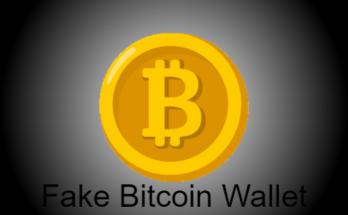Top 10 major facts about the British Pounds Sterling
By popular demand and anticipation, we bring you a compilation of our top ten interesting, intriguing and mind blowing facts about the British Pound Sterling. We trust that at the end of this whole ride, you’d have been enlightened and increased in knowledge.

The following is for your reading delight:
- The currency gets its name from the Latin word “libra”, which makes reference to weight and balance.
- The British pound sterling is the oldest existing currency in the world, it origins that can be traced back to old continental Europe.
- Unknown to many persons who are either living outside the UK or have never been to the UK at any one time in their lives, the pound sterling being in use in the UK are existing in 1p, 2p, 5p, 10p, 20p, 50p, £1 and £2 coins and £5, £10, £20 and £50 notes. £1 notes are also issued and not just being used in Britain, they are also in use in Guernsey, Jersey, the Isle of Man, and in Scotland by the Royal Bank of Scotland. These areas are also privy to using the £100, in addition to this country is Northern Ireland.
- In 1988, the £1 notes were taken out of circulation by the Bank of England which serves as its central bank. Some of the currency are produced as commemorative currencies. These currencies have been tagged commemorative because they were brought into circulation to celebrate occasions in the history of the country and activities that surround the royal house. They include the 25p and £5 coins. These have been produced, and can be accepted as payment in the country for goods and services. It is note worthy that no 25p coin has been produced again since 1981, when it was produced to commemorate the wedding of Prince Charles and Lady Diana.
- This will really interest you, As a strategy of war during the second World, the Nazi forces of Germany cunningly produced in large quantities counterfeit British Pounds, the idea was for it to devalue and weaken the British economy. After the war had taken its toll and ended in 1945 approximately 13% of the value of the notes in existence were fake. In response to this upon discovery, Britain responded by making extinct notes of higher denominations and as security measure putting metal strips through the notes that were subsequently produced. These metal strips can still be found in the pound sterling today.
- On the other side of notes are images of some famous British men and women. Images like that of Elizabeth Fry which is behind £5 notes, Charles Darwin which is behind the £10 notes, Adam Smith on the £20 notes and lastly James Watt and his business partner cum friend Matthew Bolton appears on £50 notes. Persons who are considered to have been great achievers and world conquerors of Britain descents have also been on the notes.
- The English saying ‘Spend a penny’ means going to the bathroom, and it originated from the need to pay one penny for the use of a public WC. This practice started during The Great Exhibition in 1851.
- As of today, the most expensive UK coin ever was an Edward III Florin, it was sold for £460,000 at an auction. It is said that only three of these coins are known to exist or have ever existed.
- Currently in international markets, the Great Britain Pound is the fourth most-traded currency in the world, preceded by the United States Dollar, the Euro, and the Japanese Yen.
To close up this list of top ten facts about the British Pounds Sterling, we share with you the number ten on our list;
⇒Join us on Telegram for more Sure and Accurate football-winning tips every day...click here
10. Two 1p coins when weighed on a scale weighs the same as one 2p coin, and two 5p coins weigh the same as one 10p coin.
RECOMMENDED: Best 10 E-Currency Exchangers in Nigeria| Buy PM, Neteller,PayPal,BTC,Payoneer




